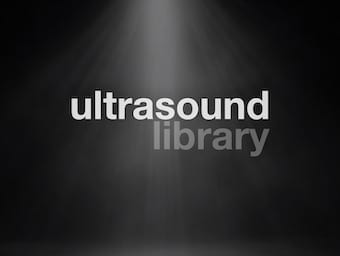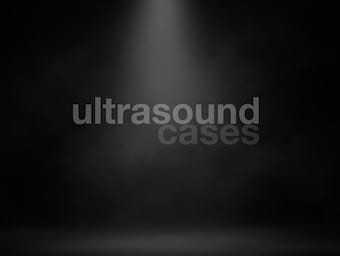
Lung ultrasound: Pulmonary oedema
Pulmonary oedema is a common cause of acute respiratory distress in critical care environments. Here we explore the common ultrasound findings.

Pulmonary oedema is a common cause of acute respiratory distress in critical care environments. Here we explore the common ultrasound findings.

In the presence of a pneumothorax the visceral and parietal pleural surfaces are separated. The point at which these two surfaces meet is known as the lung point

Worked examples of clinical cases for specific pathological conditions and signs from the Ultrasound Lung Modules

A pneumothorax, an abnormal collection of gas in the pleural space, separating the parietal pleura of the chest wall from the visceral pleura of the lung.

Worked examples of clinical cases for specific pathological conditions and signs from the Renal Ultrasound Modules Distal VUJ Stone: Case 1 – Case 2 – Case 3 – Case 4 – Case 5 Bladder Stone: Case 1 – Case 2 Distal Ureteric Stone: Case 1 –

Lung Ultrasound Report designed as an educational aid aimed at guiding the user through the steps required to perform a lung ultrasound examination.

This report is designed as an educational aid for the Emergency Physician. It reminds the user of the appearance and grading of hydronephrosis, the appearance of simple renal cysts, and how to measure bladder volume.

The aims of ultrasound guided assessment of pleural effusion are: Understanding pleural effusion The thoracic cage “unfolded”. The patient is sitting and there is a small pleural effusion on the left (right lung) and a large one on the right…

A tall and thin 18 year old male presents with pleuritic chest pain and mild shortness of breath. What does the ultrasound show? Lung point

43 year old male presents with left sided chest pain after a collision on the sporting field. What does the ultrasound show?

A 32 year old woman presents to hospital with right sided chest pain and shortness of breath after falling of her bicycle. What does the ultrasound show?

Lung Ultrasound: Comprehensive Examination. Thorough clinical assessment with integration of history, clinical findings and other investigations